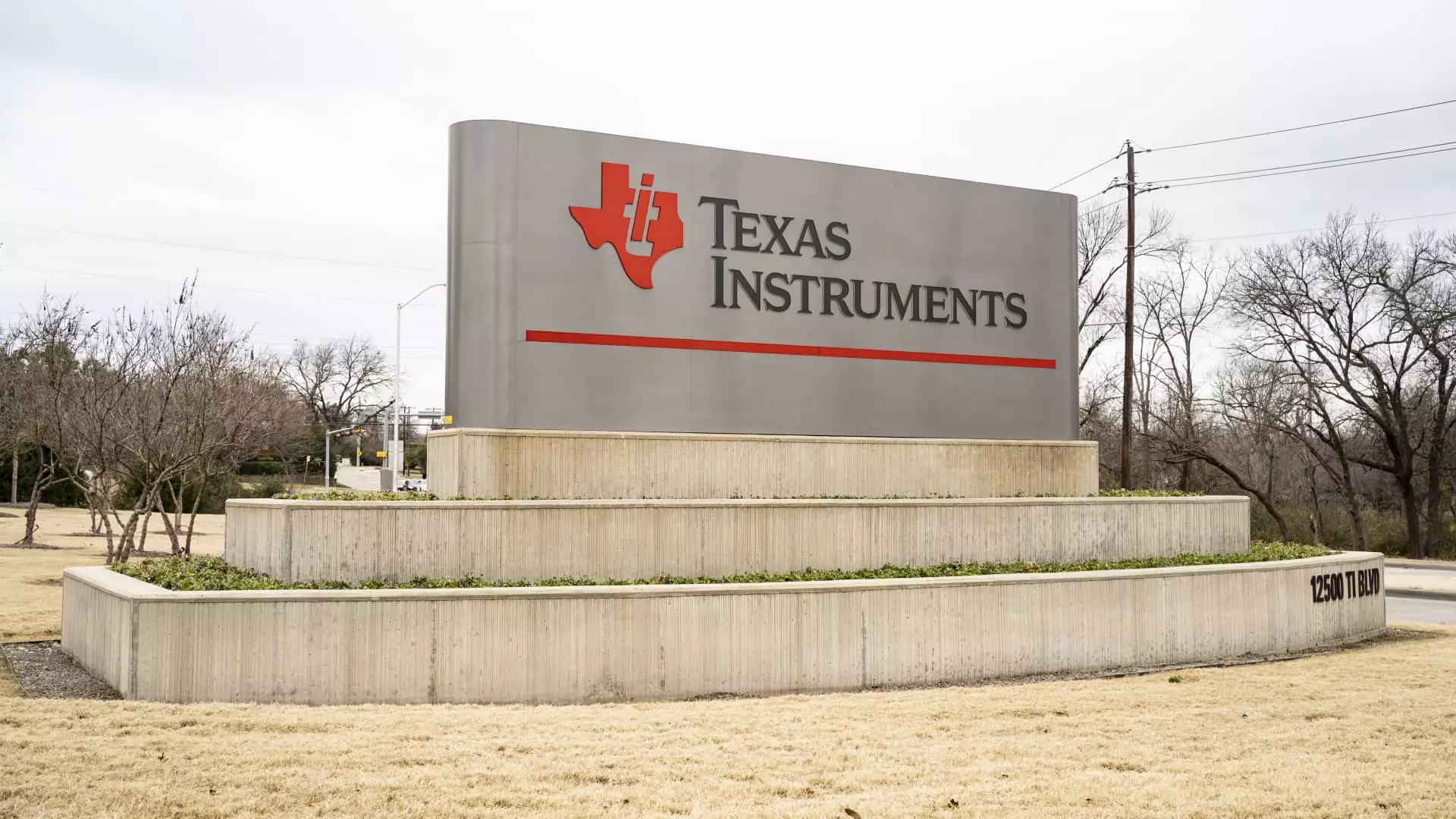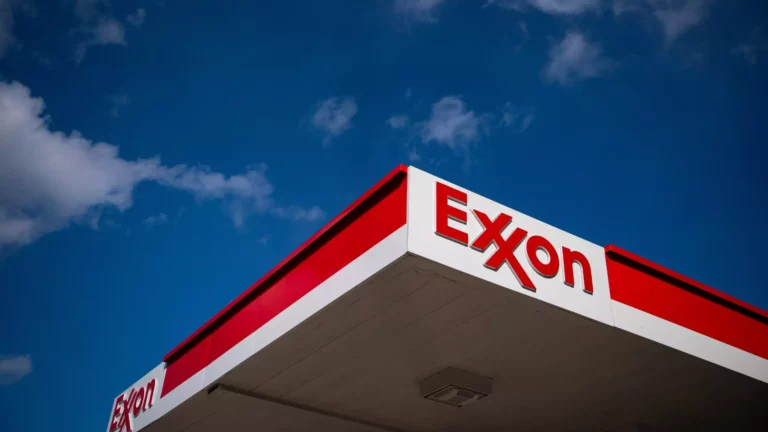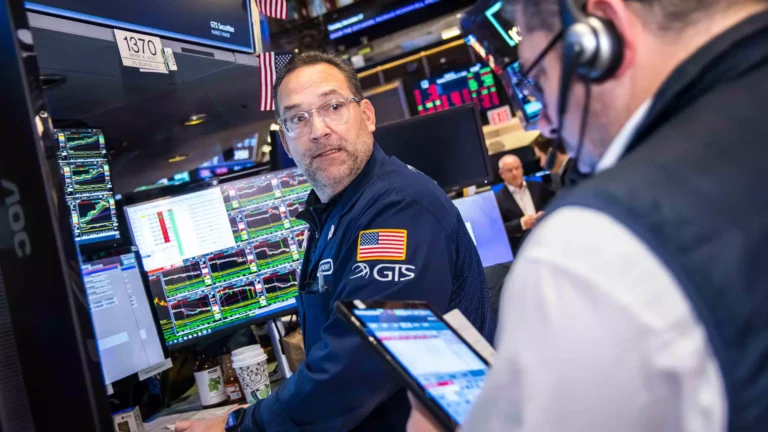The False Promise of Defensive Stocks in a Volatile Market: A Critical Analysis

In the relentless pursuit of market records and financial supremacy, investors often cling to the comforting notion that “defensive” stocks—namely dividend aristocrats and reliable income generators—offer a safe harbor in turbulent waters. While this approach appears rooted in logic, it belies a stark reality: no stock is truly immune to the upheavals of a volatile global economy. Wolfe Research’s recent recommendations for holding onto “emerging dividend aristocrats” like Duke Energy, Texas Instruments, and Prudential Financial reveal an optimistic, yet perhaps overly simplistic, view of stability.
The core premise seems to suggest that companies with a long history of raising dividends are inherently safe bets during downturns. However, history demonstrates that even stalwarts like Duke or Prudential can fall prey to macroeconomic shocks, regulatory changes, or sector-specific crises. Relying solely on dividend consistency neglects the complex web of factors that influence a stock’s resilience. The assumption that higher dividend yields equate to safety is misguided; sometimes, high yields are compensate investors for increased risks—be it deteriorating fundamentals or sector vulnerabilities.
Investors should question whether the allure of “steady income” masks underlying vulnerabilities. The false promise lies in believing that past performance in raising dividends guarantees future safety—an assumption that can dangerously mislead in unpredictable times. Defensive stocks are often hailed as “safe” because of their history, but the global landscape shows that the notion of safety is more nuanced, especially when government policies, international trade tensions, and technological shifts threaten traditional sectors.
The Illusion of Predictive Power in Dividend Growth
The appeal of dividend aristocrats and emerging dividend payers lies in their demonstrated ability to increase payouts annually. This pattern, however, is not a crystal ball. It provides no safeguard against sudden shocks or sector-specific downturns. A utility like Duke Energy might appear to exemplify stability—yet the utility sector is exceptionally vulnerable to regulatory changes, environmental policies, and shifting energy markets, which can quickly erode the safety net that dividend history appears to provide.
Similarly, Texas Instruments’ status as an innovative chipmaker with a consistent dividend track record does not mean it is invulnerable to supply chain disruptions, technological obsolescence, or trade tensions like Section 232 tariffs. Its recent gains could evaporate overnight if macroeconomic conditions shift or if industry demand falters. On the other hand, Prudential’s sizable dividend yield looks attractive, but the insurer’s exposure to interest rate fluctuations and regulatory scrutiny introduces a significant risk that isn’t alleviated simply by past dividend increases.
In essence, the appeal of these stocks as “defensive” assets often underestimates the importance of sector-specific vulnerabilities and macroeconomic dependencies. What seems “safe” in good times may rapidly become precarious when winds of change blow harder. Relying on historical dividend growth as an indicator of future safety offers a false sense of certainty—an illusion that could prove costly in a market that is becoming more interconnected and unpredictable.
The Risk of Overconfidence in “Safe” Dividends Amid Geopolitical Turmoil
The recent escalation of tariffs and trade tensions, notably the Trump administration’s imposition of hefty duties on South Korea, Japan, and other nations, exposes a fundamental flaw in the traditional defensive strategy. These measures sent shockwaves through the stock market, illustrating how geopolitics can swiftly undermine even the most stable-looking companies. Defensive stocks, despite their reputation, are not immune to the ripples of international conflict, regulatory crackdowns, or policy shifts.
Investors who cling blindly to dividend aristocrats for refuge may overlook the unanticipated consequences of geopolitical upheavals. When tariffs, sanctions, or trade restrictions come into play, industries that ostensibly are “defensive” can face sudden headwinds that rapidly erode their dividend safety and stock value. Additionally, market complacency about rising dividend payments fosters overconfidence—making investors less vigilant and less prepared for sudden downturns.
This complacency, rooted in the myth that “history always repeats,” is dangerous. It fosters a risk landscape where the very securities trusted as cushions turn into sources of unexpected losses. In such an environment, diversification should go beyond historical dividend growth and include broader considerations—geopolitical stability, industry-specific risks, and macroeconomic resilience.
Questioning the Long-Term Viability of “Defensive” Stocks
The prevailing narrative champions dividend aristocrats and emerging dividend payers as the bedrock of defensive strategy. Yet, this perspective is one-sided and neglects looming structural challenges. The energy sector, exemplified by Duke Energy’s partnership with GE Vernova to expedite gas generation, illustrates the broader question of long-term viability. As the world transitions towards cleaner energy, utility companies anchored in fossil fuels face a ticking clock—dividends or not.
Similarly, Texas Instruments’ strategic positioning amidst tariffs and supply chain uncertainties might provide a short-term advantage. Still, technological change and geopolitical risks threaten to disrupt its growth trajectory and dividend sustainability. Prudential, burdened by low interest rates and volatile markets, illustrates how an income-focused approach can backfire if the economic environment deteriorates further.
The seductive simplicity of “consistent dividends equals safety” breaks down upon closer scrutiny. In reality, future safety depends on adaptability, sector health, and macroeconomic stability—factors often underestimated or dismissed in favor of historical dividend achievements. The illusion persists that past performance can reliably forecast future security, but the truth is far more complex.
Relying heavily on dividend aristocrats and emerging dividend payers as a shield against market chaos reflects a complacent optimism that can quickly turn treacherous. While income-generating stocks are valuable, their perceived safety is often exaggerated. The shifting geopolitical landscape, rapid technological change, and evolving industry dynamics demand a more nuanced approach—one that prioritizes resilience, diversification, and adaptability over the comforting allure of past dividend growth. Investors who fail to critically assess the vulnerabilities of their supposed “defensive” holdings may find themselves unprepared for the next upheaval, risking losses that outweigh the perceived benefits of dividend stability.





